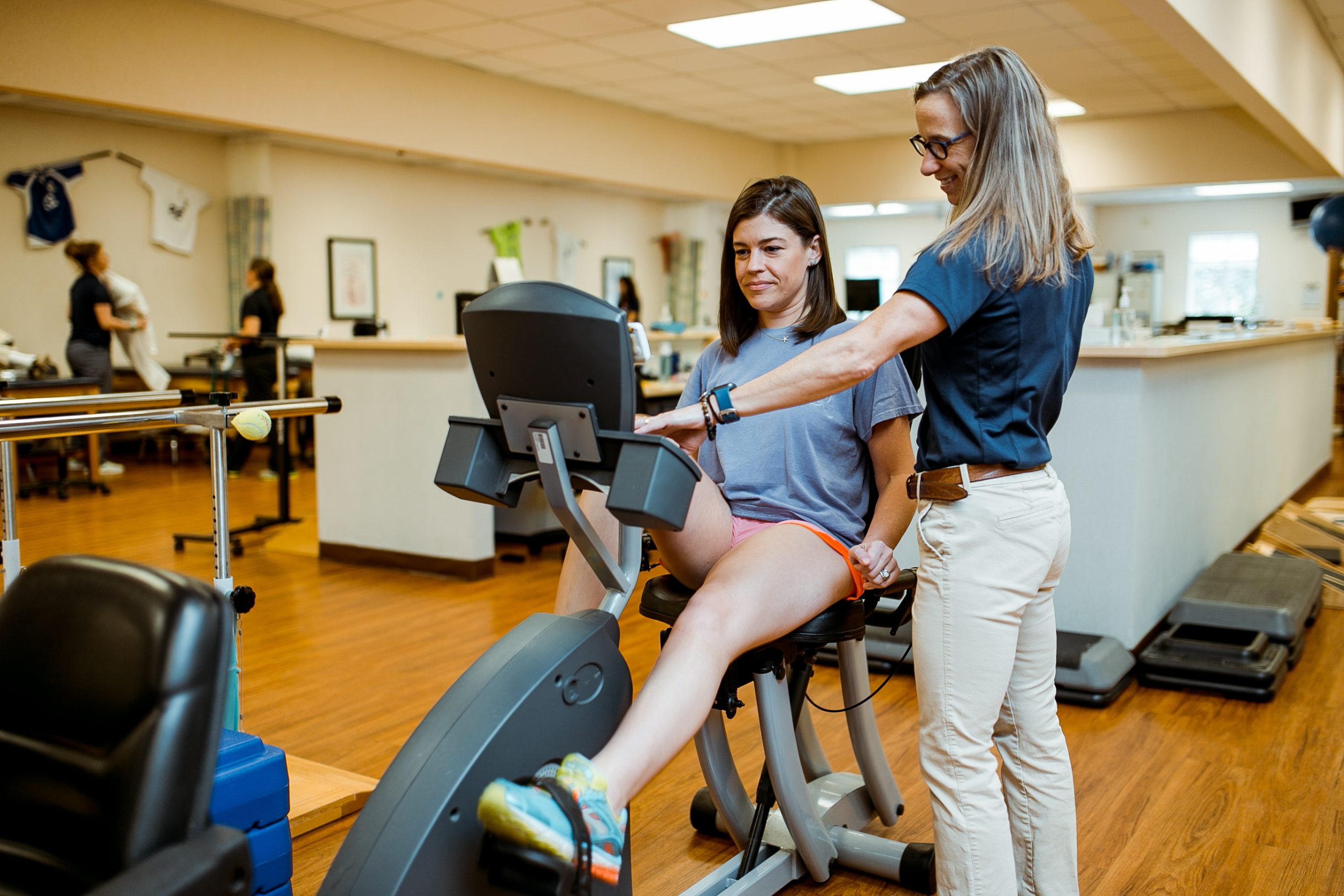Investigating the Most Common Injuries That Physiotherapy Therapists Effectively Address for Optimal Rehabilitation
Wiki Article

Physical therapists play a vital function in helping patients recover from various injuries. Such professionals are trained to evaluate, identify, and treat a broad variety of physical issues. A few of the most typical conditions that physical professionals effectively treat comprise sprains, strains, fractures, and post-operative rehabilitation. Understanding these conditions and the approaches used for rehabilitation can help patients make knowledgeable decisions about their health and fitness.
Sprains and muscle injuries are among the most common typical injuries that individuals sustain, particularly during athletic or physical exercises. A sprain occurs when connective tissues, which connect skeletal structures at a joint, are extended or torn. Frequent areas affected include the ankle joints and knee joints. On the other hand, a muscle injury involves the muscle tissues or tendon structures, which connect muscles to skeletal structures. These injuries can lead to discomfort, inflammation, and restricted mobility. Physiotherapy professionals use multiple methods, such as manual treatment, exercises, and therapeutic techniques like ice or thermal therapy, to alleviate pain and restore function.
Broken bones, or broken bones, are an additional common condition that frequently needs physical treatment for optimal healing. Broken bones can result from accidents, accidents, or high-impact sports. After a break, it is essential to permit the bone to heal correctly, which may involve stabilization with a cast or brace. Once the recovery phase begins, physiotherapy therapists assist patients regain strength and movement through specific exercises. They also inform clients on safe motion patterns to prevent subsequent injuries.
Post-operative rehabilitation is a key field where physical therapists provide assistance. Many patients undergo operations for multiple purposes, such as important site joint replacements or repairs of torn ligaments. After surgery, clients often experience discomfort, inflammation, and restricted scope of motion. Physiotherapy therapists develop personalized recovery plans that focus on recovering function and promoting recovery. These programs may consist of flexibility exercises, strengthening activities, and practical training to help clients go back to their daily routines safely.
Additionally to these common injuries, physiotherapy therapists also manage conditions like tendonitis, bursitis, and chronic pain. Tendonitis is the swelling of a tendon structure, often caused by frequent actions, while bursitis involves swelling of the bursa, small fluid-filled cavities that protect joints. Chronic discomfort can arise from various factors, including previous conditions or pre-existing health conditions. Physiotherapy professionals utilize a combination of rehabilitative activities, instruction, and pain management techniques to address these conditions effectively. By collaborating intimately with patients, physiotherapy therapists help them achieve optimal recovery and enhance their general quality of living.